Accurately determining production capacity and establishing realistic work standards are critical for efficient manufacturing. Without precise data, companies risk overloading resources, missing deadlines, or underutilizing equipment. This post explores how simulations and data analysis enable smarter capacity planning, and how DBR77’s digital twin technology helps manufacturers optimize workflows and set achievable benchmarks.
Why Is Production Capacity Hard to Define?
Production processes are inherently dynamic and influenced by variables like equipment failures, operator efficiency, and material quality. Traditional theoretical models often fail to account for real-world disruptions such as micro-downtimes, cycle time variations, or unexpected downtime. Key challenges include:
- Complex workflows: Interdependent processes make it difficult to isolate bottlenecks.
- Data gaps: Manual tracking misses critical details like unrecorded stoppages or minor delays.
- Variable conditions: Material quality, machine settings, and staffing changes impact output unpredictably.
Without real-time insights, capacity estimates remain unreliable, leading to inefficient resource allocation.
How Simulations Improve Capacity Planning
Simulations allow manufacturers to test scenarios in a risk-free virtual environment. By modeling production lines digitally, you can:
- Test machine performance under different loads or failure conditions.
- Evaluate layout changes (e.g., reorganizing workstations) before implementation.
- Assess staffing impacts: Determine how operator numbers or shift patterns affect throughput.
- Factor in disruptions: Simulate material delays or maintenance to gauge their impact on deadlines.
For example, a mechatronics plant used simulations to increase resource utilization by 18% by identifying underused equipment and reallocating tasks.
The Role of Data in Setting Work Standards
Historical and real-time data form the foundation of reliable work standards. Critical metrics include:
- Cycle times: Average duration of each production step.
- Changeover durations: Time lost during machine reconfiguration.
- Downtime causes: Categorized reasons for stoppages (mechanical, operational, material shortages).
By analyzing this data, companies can:
- Replace theoretical assumptions with empirical benchmarks.
- Compare performance across teams or shifts.
- Set measurable improvement goals (e.g., reducing changeovers by 15%).
A food manufacturer standardized packaging line cycles using data analysis, cutting productivity variability between shifts by 25%.
Case Studies: Companies That Optimized Capacity
- Furniture factory: Precise capacity analysis improved seasonal order forecasting and reduced excess inventory by 30%.
- Automotive supplier: Simulations revealed that adjusting shift schedules could increase output by 12% without new hires.
- Electronics assembler: Digital twin analysis identified a 20% capacity gap caused by micro-downtimes, which was resolved through predictive maintenance.
How DBR77 Models Production Capacity
DBR77’s digital twin technology creates a virtual replica of production lines, enabling:
- Real-time monitoring: Track OEE, downtime, and cycle times across all machines.
- Scenario testing: Simulate the impact of new workflows, staffing changes, or equipment upgrades.
- Dynamic adjustments: Update standards automatically as new data is collected.
The platform aggregates data from IoT sensors, ERP/MES systems, and manual inputs to calculate:
- True production capacity: Factoring in real-world disruptions.
- Optimal staffing levels: Balancing workload across shifts.
- Resource allocation: Identifying underused assets or overloaded stations.
Benefits of Data-Driven Work Standards
- Precise scheduling: Align production plans with actual capacity to avoid overcommitment.
- Cost reduction: Minimize overtime and expedited shipping by meeting deadlines consistently.
- Transparent performance metrics: Foster accountability with clear, achievable targets.
- Scalability: Easily adjust standards for new products or increased demand.
Challenges in Capacity Analysis
- Data variability: Inconsistent material quality or operator skill levels skew results.
- Resistance to change: Teams may distrust new standards if they feel benchmarks are unrealistic.
- Integration complexity: Merging data from legacy machines with modern IoT systems requires robust tools like DBR77.
Practical Steps to Define Capacity and Standards
- Collect granular data: Use IoT sensors to track machine states, cycle times, and downtime causes.
- Build a digital twin: Model workflows in DBR77 to simulate disruptions and optimize layouts.
- Analyze historical trends: Identify patterns in downtime or quality issues.
- Set incremental goals: Prioritize quick wins, like reducing changeovers or rebalancing workloads.
- Train teams: Explain how data-driven standards improve fairness and efficiency.
- Review regularly: Update benchmarks quarterly to reflect process improvements or new equipment.
Impact on Production Planning
Accurate capacity data enables:
- Faster order fulfillment: Realistic timelines improve customer satisfaction.
- Cost-effective scaling: Invest in new machinery only when data confirms bottlenecks.
- Risk mitigation: Anticipate delays caused by maintenance or supply chain issues.
Ready to Optimize Your Production Capacity?
DBR77’s digital twin platform provides the tools to model workflows, set achievable standards, and unlock hidden capacity. Visit our solution pages to see how real-time data and simulations can transform your planning process.
Finally, we invite you to listen to our podcast, where we discuss the latest trends and practices in data-driven manufacturing. Subscribe to us on your favorite streaming platform so you don’t miss future episodes where we share inspiration, expert interviews and practical tips for production leaders.
Subscribe to stay up to date
https://factoryonair.buzzsprout.com
Book a free session with a DBR77 expert and see how our platform works in action.
Let’s talk: Book a meeting
Until we hear from you!
